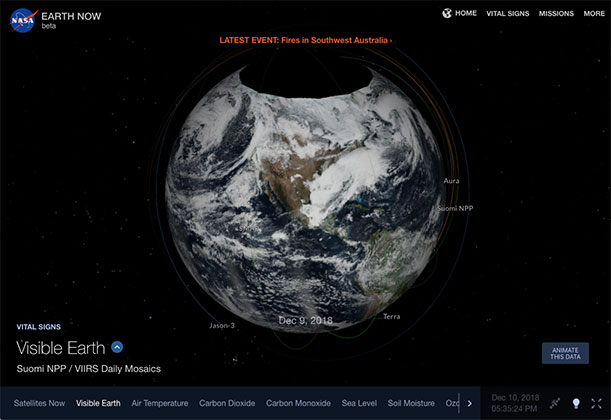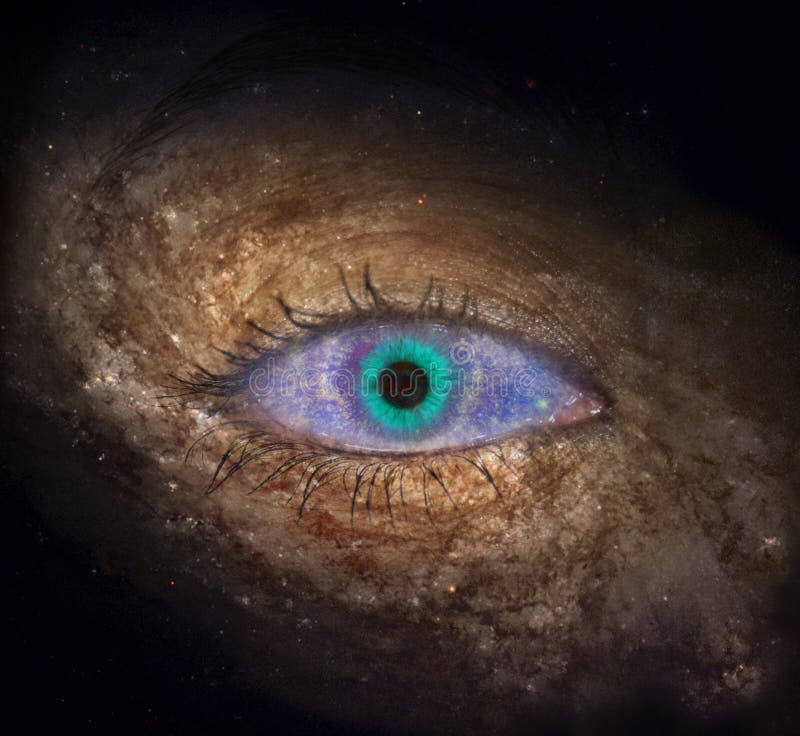

“Eyes on the Solar System” is in beta release. “By basing our visualization primarily on mission data, this tool will help both NASA and the public better understand complex space science missions,” said Kevin Hussey, manager of Visualization Technology Applications and Development at JPL, whose team developed “Eyes on the Solar System.” Users may choose from 2-D or 3-D modes, with the latter simply requiring a pair of red-cyan glasses to see.
#Solarsystem nasa eyes how to#
Dozens of controls on a series of pop-up menus allow users to fully customize what they see, and video and audio tutorials explain how to use the tool’s many options. Location, motion and appearance are based on predicted and reconstructed mission data. Point of view can be switched from faraway to close-up to right “on board” spacecraft. 5, 2011, users could look ahead to see the mission’s five-year journey to Jupiter in a matter of seconds. When NASA’s Juno spacecraft launched on Aug. The playback rate can be sped up or slowed down. The tool is populated with NASA data dating back to 1950 and projected to 2050. Users may experience missions in real-time, and “Eyes on the Solar System” also allows them to travel through time. “See what NASA’s spacecraft see - and where they are right now - all without leaving your computer.”
#Solarsystem nasa eyes free#
“You are now free to move about the solar system,” said Blaine Baggett, executive manager in the Office of Communication and Education at NASA’s Jet Propulsion Laboratory (JPL) in Pasadena, Calif. A free browser plug-in, available at the site, is required to run the Web application. With keyboard and mouse controls, users cruise through space to explore anything that catches their interest. The virtual environment uses the Unity game engine to display models of planets, moons, asteroids, comets and spacecraft as they move through our solar system. “It demonstrates NASA’s continued commitment to share our science with everyone.” “This is the first time the public has been able to see the entire solar system and our missions moving together in real-time,” said Jim Green, director of NASA’s Planetary Science Division at the agency’s Headquarters inWashington.

Screen graphics and information such as planet locations and spacecraft maneuvers use actual space mission data. The “Eyes on the Solar System” interface combines video game technology and NASA data to create an environment for users to ride along with agency spacecraft and explore the cosmos. The Space Agency are providing the public the power to journey through the solar system using a new interactive Web-based tool. Comet Nishimura is green in color with a long, white tail. – Space may still be, as Star Trek creator Gene Roddenberry said, “The final frontier”, however now, from here on earth it is now possible to get a space-eye view of the solar system courtesy of NASA. 2 days ago &0183 &32 A new comet is visible in the predawn skies as it passes close to Earth on its journey around the Sun.


 0 kommentar(er)
0 kommentar(er)
